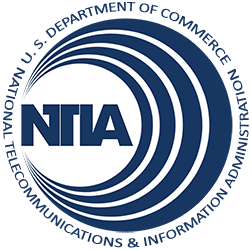Driving broadband adoption in the Latino community
I recently had the opportunity to speak to the National Association of Latino Elected and Appointed Officials (NALEO) and the League of United Latin American Citizens (LULAC) about NTIA’s Broadband Technology Opportunities Program (BTOP) and the work it is doing to promote broadband adoption in the Latino community.
A high-speed Internet connection can provide access to everything from online job postings to educational opportunities to valuable healthcare information. But too many Latino households remain cut off from these important benefits.
NTIA, in collaboration with the Census Bureau, conducts some of the most extensive survey work on broadband adoption trends in the U.S. Our most recent survey, in October of 2010, found that 72 percent of White households nationwide subscribed to broadband, compared with only 57 percent of Hispanic households. The survey also found that socioeconomic factors such as income and education do not fully explain the gap. Even after accounting for these factors through regression analysis, Hispanic households still lag White households in broadband adoption by 11 percentage points on a nationwide basis.
So NTIA’s BTOP program is supporting a number of projects specifically intended to benefit Latinos – by funding computer centers in neighborhoods with large immigrant communities, by offering computer training and digital literacy classes in Spanish, and by helping Latino entrepreneurs and Latino-owned small businesses get established online. I’d like to tell you about a few of those projects:
